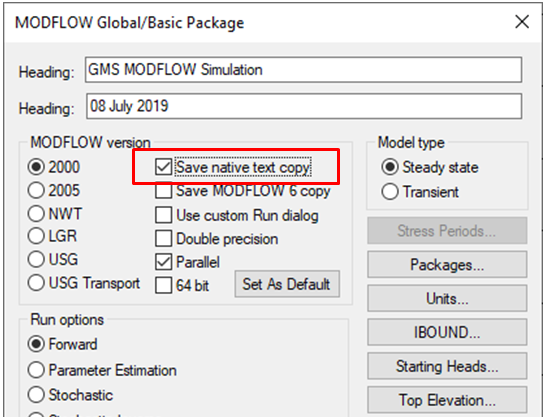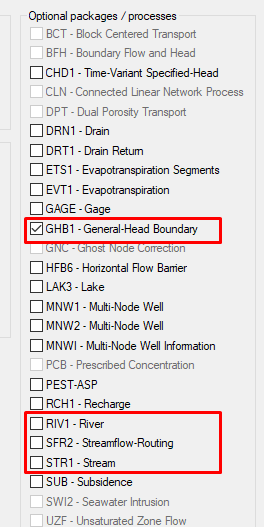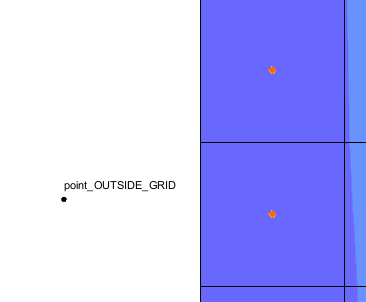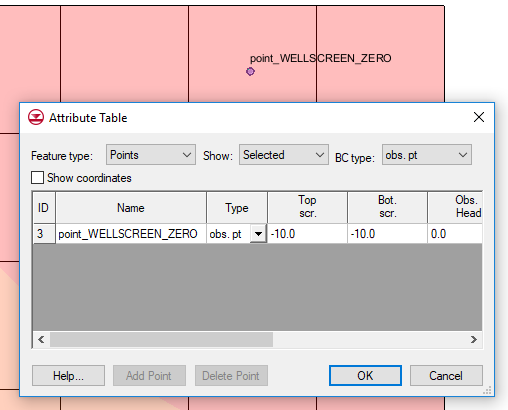Changing an Existing Model to be a Predictive Model
By aquaveo on July 31, 2019When you have a completed GMS model, you can use that same model to create a predictive model. A predictive model is used to make predictions based on hypothetical future scenarios. For example, you may need to create a model that predicts if an aquifer will experience strain with an increased population drawing from the aquifer in the model area.
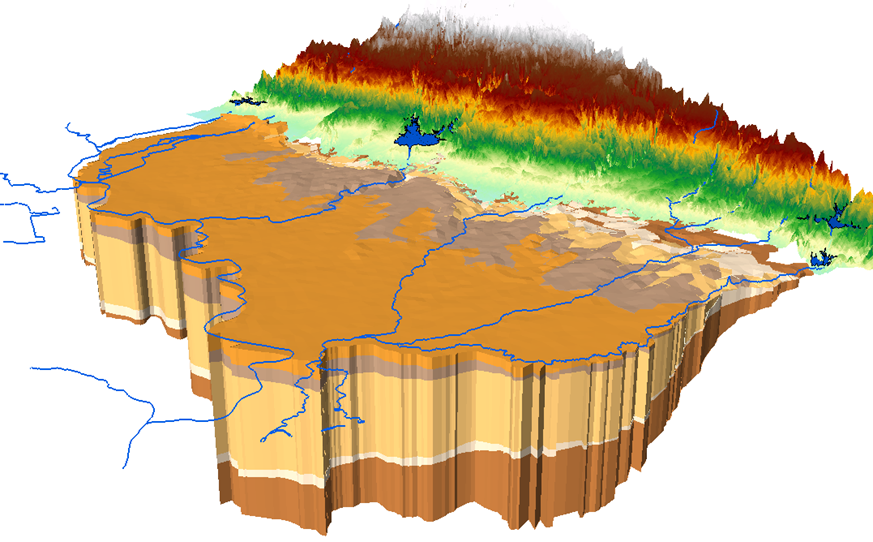
In general, a predictive model is created by using an existing model, then altering an aspect of that model based on the hypothesis. You then run the model again and compare your results with your prediction. Any version of MODFLOW, or any of the other available numeric models in GMS, can be used to create a predictive model.
One method of setting up a predictive model might be as follows:
- Create and run a steady state model
- Calibrate the model to reduce error in the predictive model
- Set the transient settings to a future date
- Run the transient model
It is important for you to have an expectation of the outcome of the model run so that you can compare the results with that expectation. When the model run is completed, carefully review the model run results to determine the accuracy of the predictions. When creating a predictive model, you can make use of stochastic analyses.
If the predictive model seems to be far outside of your expectations, then you will need to troubleshoot the existing model before running the predictive model. Using a poorly developed existing model often leads to issues in the predictive model. Make certain the existing model has been well calibrated to closely match the field-observed values. If possible, calibrate the existing model to multiple sets of observation data before creating a predictive model.
Now that you know some of the principles in developing a predictive model, creating your own predictive model in GMS today!
